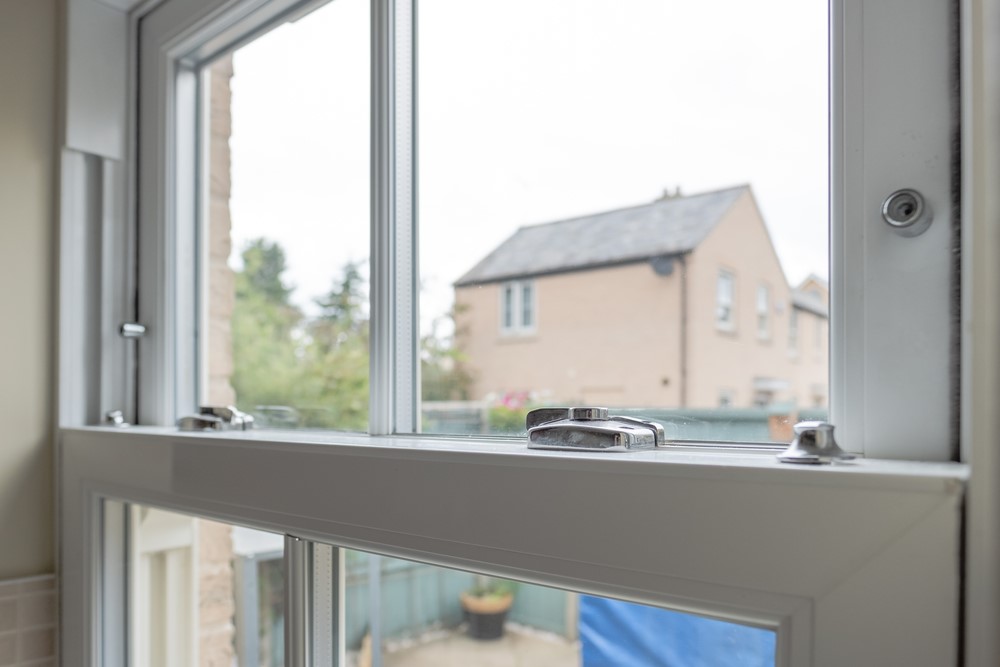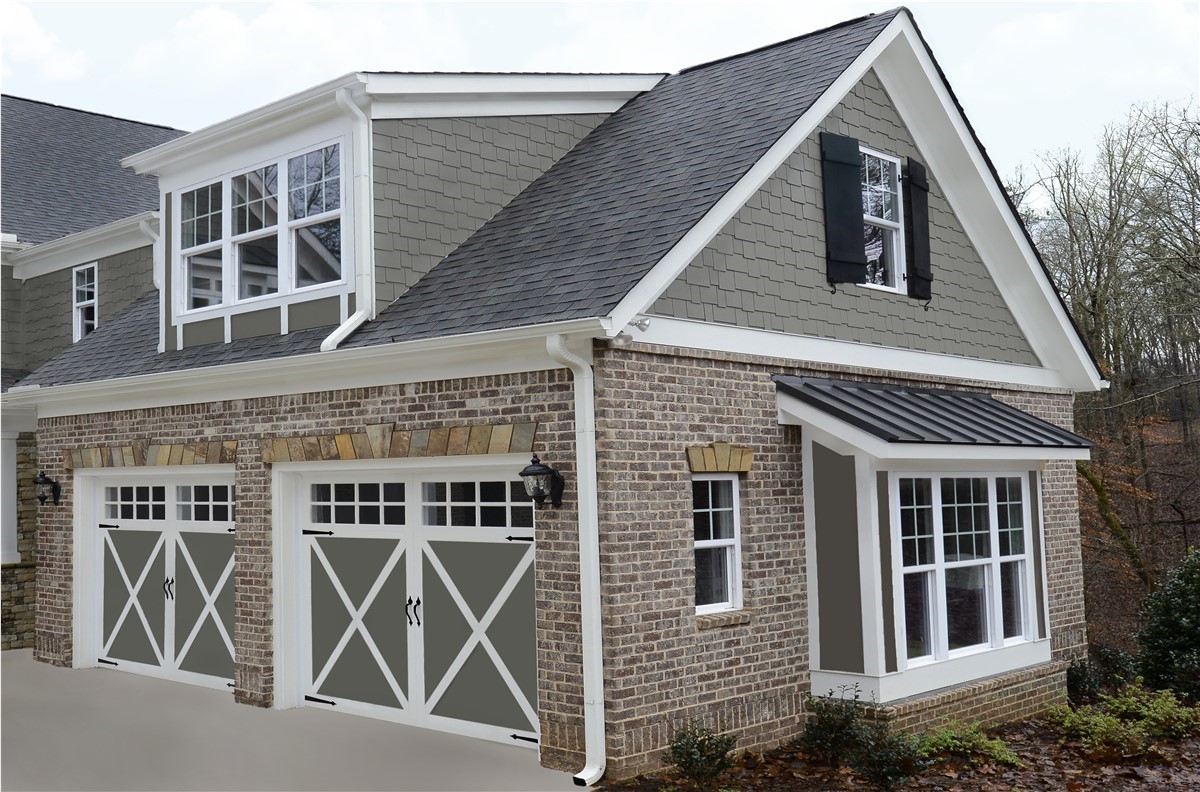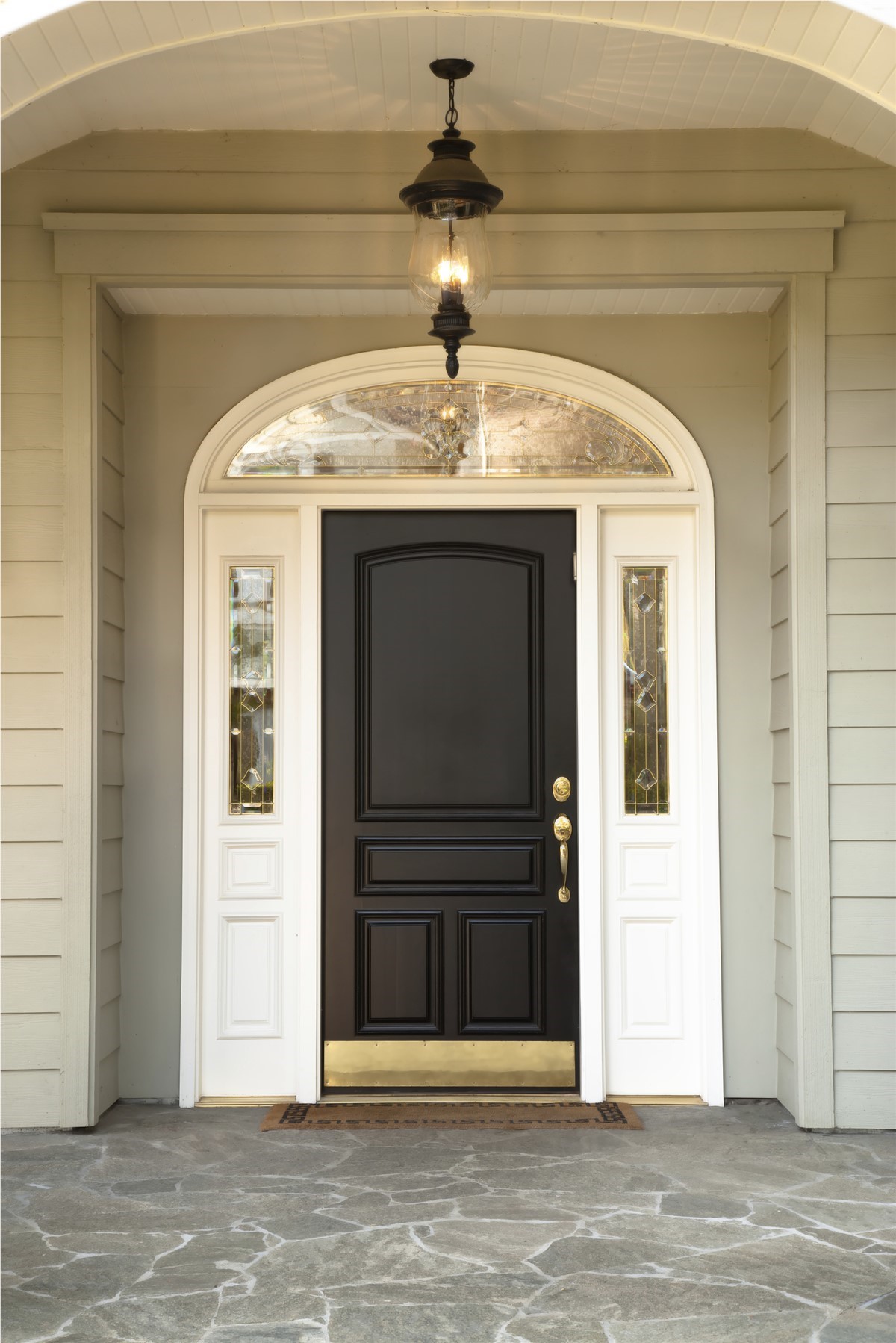If you feel a draft in your home, it’s important to determine where it is coming from before taking further action. Drafts coming from your windows may have a few causes, and depending on the reason, it may not be necessary to install replacement windows at all!
Drafts from Installation DefectsMost drafts coming from windows are the result of improper installation that allowed some kind of air infiltration to occur around the edge of the window. This is easy to test for. Hold a candle or a lighter close to one joint in the window and slowly move it around the outer edges. If the flame flickers or blows out, you’ve found a spot where air is leaking. Sometimes gaps identified visually, such as seeing light through the cracks. These problems can be handled fairly quickly with caulk or flashing sealant instead of installing replacement windows.
Leaks from Raked WindowsA more fundamental problem can result from racked windows. During the installation process, if the window frame becomes twisted or compressed, the weather stripping will not seal effectively against the edge of the window. This can also cause air leakage around the edges and may even prevent your windows from closing all the way. To test for racking, measure the diagonals of your windows (top left corner to bottom right corner and top right corner to bottom left corner). If one is longer than the other, the frame is warped and must be removed and reinstalled to function properly.
Air Flow in Colder RegionsIf you find that there is no structural problem with your windows but a draft persists, you may simply have the wrong windows for your climate. When the interior temperature is significantly higher than the exterior and there is not a sufficient buffer between the two, interior air cooled by the windows will fall and warmer air will rise to fill the void. This creates a noticeable air current within the home, but is not actually caused by air leakage. In this case, installing replacement windows, particularly energy efficient double or triple-pane windows, will solve or at least significantly reduce the issue.
Eliminating drafts in your home can decrease your energy bills by as much as 10%. Because windows are the most common source of drafts, properly installed and regionally appropriate windows will often prevent drafts in your home. Other areas to check are around exterior doors, chimneys, basements, and attics. The candle test can be a good way of finding drafts in these areas, too.
For more help eliminating drafts in your home in Pittsburgh, contact Legacy Remodeling.
Subscribe to Legacy Remodeling's Blog











Comments